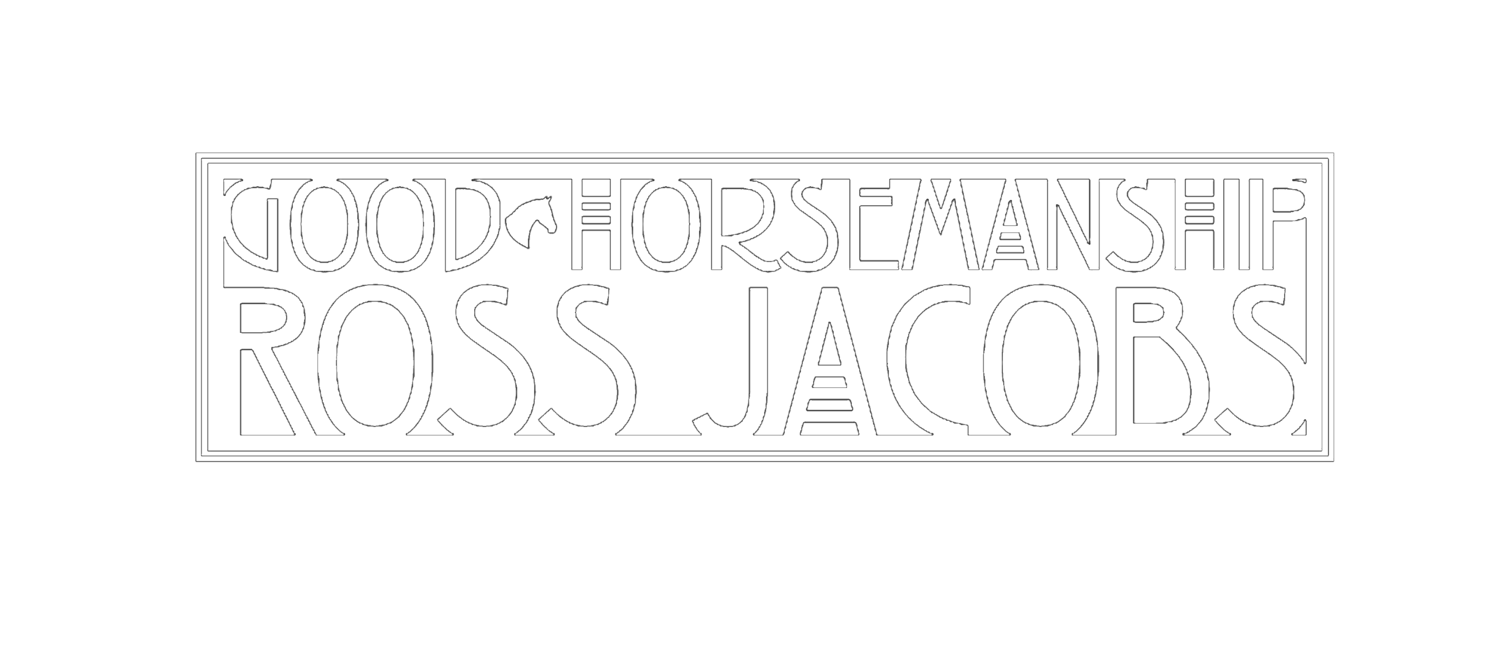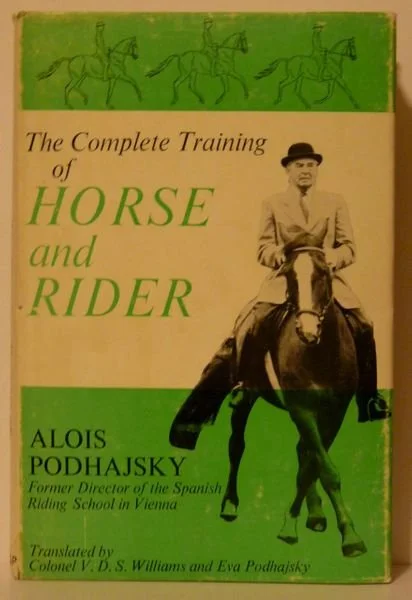Sometime ago, I was teaching a student how to move their horse’s forehand across. The rider questioned my suggestion that she does not use the outside leg to encourage the shoulders to move laterally away from her leg. Considering the greenness of her horse and the lack of understanding to follow the inside rein or yield off a rider’s leg, I felt using her outside leg would complicate and muddy the clarity of moving the forehand. My explanation did not quell her confusion, so I asked her why she wanted to use her outside leg. Her answer was simple and echoed the thoughts of many riders I encounter. “Well, that’s how it is supposed to be done!”
Everything the rider had read and been taught by instructors told her that to move the shoulders, a rider should apply their outside leg against the girth. So why would I tell her otherwise? Had I lost my mind? Did I not understand the basic rules of moving a horse’s forehand as laid out by all the experts?
I hadn’t lost my mind, and I do understand the teaching principles of past masters.
When I was about 14 years old, I read Podhajsky’s classic book “The Complete Training of Horse and Rider.” I read that if I did ABCD, a horse would canter on the lead that I wanted. Then, if I did EFGH, the horse would swap and canter on the opposite lead. Fan-bloody-tastic I thought! I tried it and it didn’t work.
Was Podhajsky lying? Was he an idiot? Was I a terrible rider? It turned out none of those things were the reason my horse didn’t canter on the correct lead or change leads when I asked (well, maybe the last reason was a dim possibility).
What I didn’t know and what the student at my clinic didn’t understand is that the books of esteemed masters and the instruction we both had received were not talking about the horses either of us was riding that day. Their wisdom was intended for another horse that had excellent education on how to follow the feel of a rider’s reins, seat, and legs. Neither my horse nor my student’s horse fitted that category – YET.
I sometimes read on forums the sage advice of members, how a horse needs a little more inside leg, or the straightness problems of a horse stem from a rider’s shoulders not being perfectly aligned, or a forward problem a rider is struggling with can be cured if only they looked more ahead instead of down. The advice given could be the right advice IF the horse understands those things. But when a rider or trainer receives such instruction, it presumes the horse has also received the same instruction.
My point is that the rules of riding and the rules of training are not rules. They are recommended guidelines for the education and riding of a horse. But they are not rules, and they are almost meaningless if a horse has not been educated in those rules. Consider, for example, the way dressage teaches riders to ride a corner with inside leg and outside rein for a horse to carry themselves balanced and straight around the line of a corner. A horse does not automatically know what to do when a rider applies inside leg. If they are on the green side of educated, applying the inside leg will almost always indicate to a horse that they should go forward with more energy. Yet riders interested in keeping to the rules of most dressage instruction will bring their horse home from the horse breaker and start riding the corners and circles with their inside leg applied. Then they have to get stronger on the reins to ensure their horse doesn’t rush the corner. What the hell is a horse to think? But that is how we are taught in dressage to ride a corner. No instructor ever told me to use inside leg on one type of horse and not on another type of horse. It was always “inside leg to outside rein” on every type of horse.
A horse does not give a damn about the man-made rules of riding and training. Stop trying to make every horse look like a round peg to fit into round holes. Some horses are shaped like square pegs, rhomboid, hexagonal, or triangles. It takes work and training to make them into round pegs so that one day they will be able to be ridden by the rules of the experts. So don’t ride them like they are finished and fully educated horses that fit the mould of the finished and educated horses the experts are talking about. It only confuses them. Know your horse. Know what holes need filling, and ride and train in a way that your horse gets it, irrespective of what the books tell you.
Alois Podhajsky was a former director of the Spanish Riding School and published The Complete Training Of Horse and Rider in 1967.

